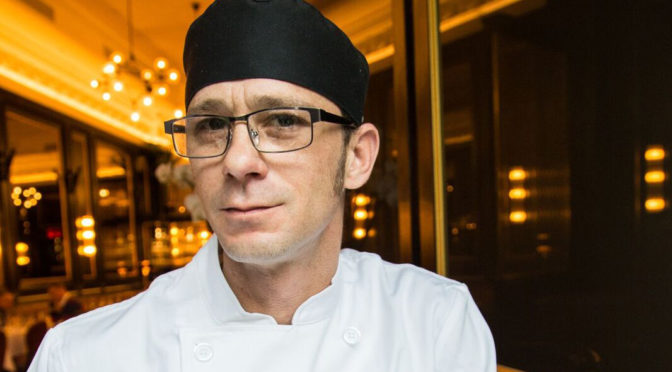I recently tried a 500-day dry aged steak at Maxwell’s Chophouse.
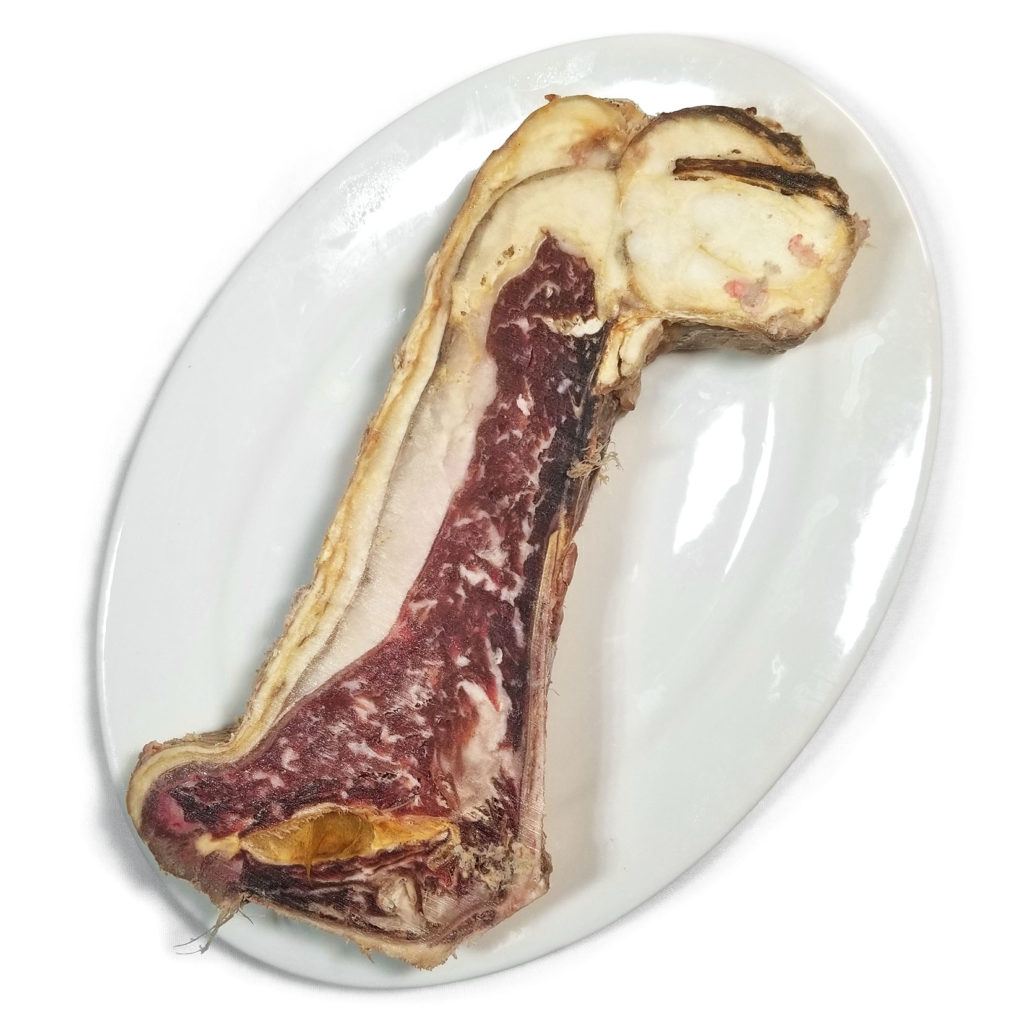
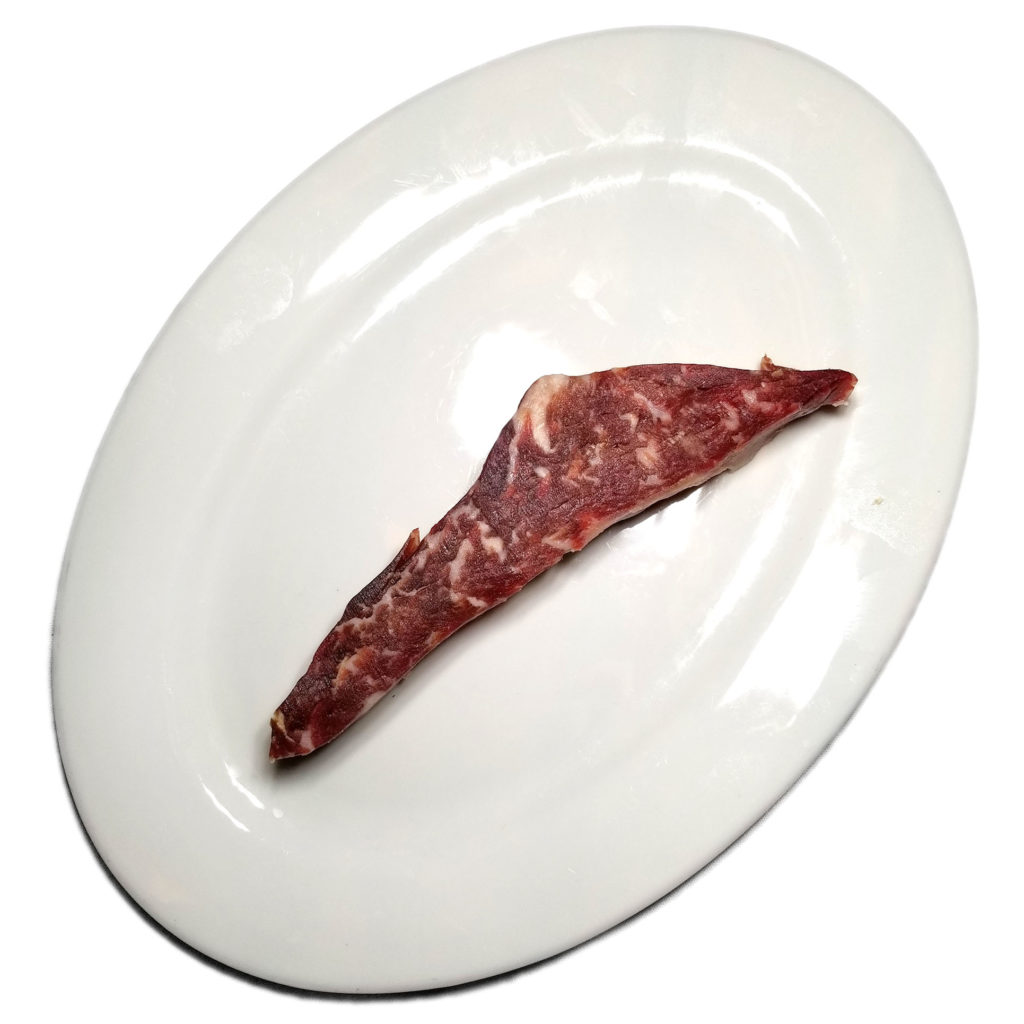
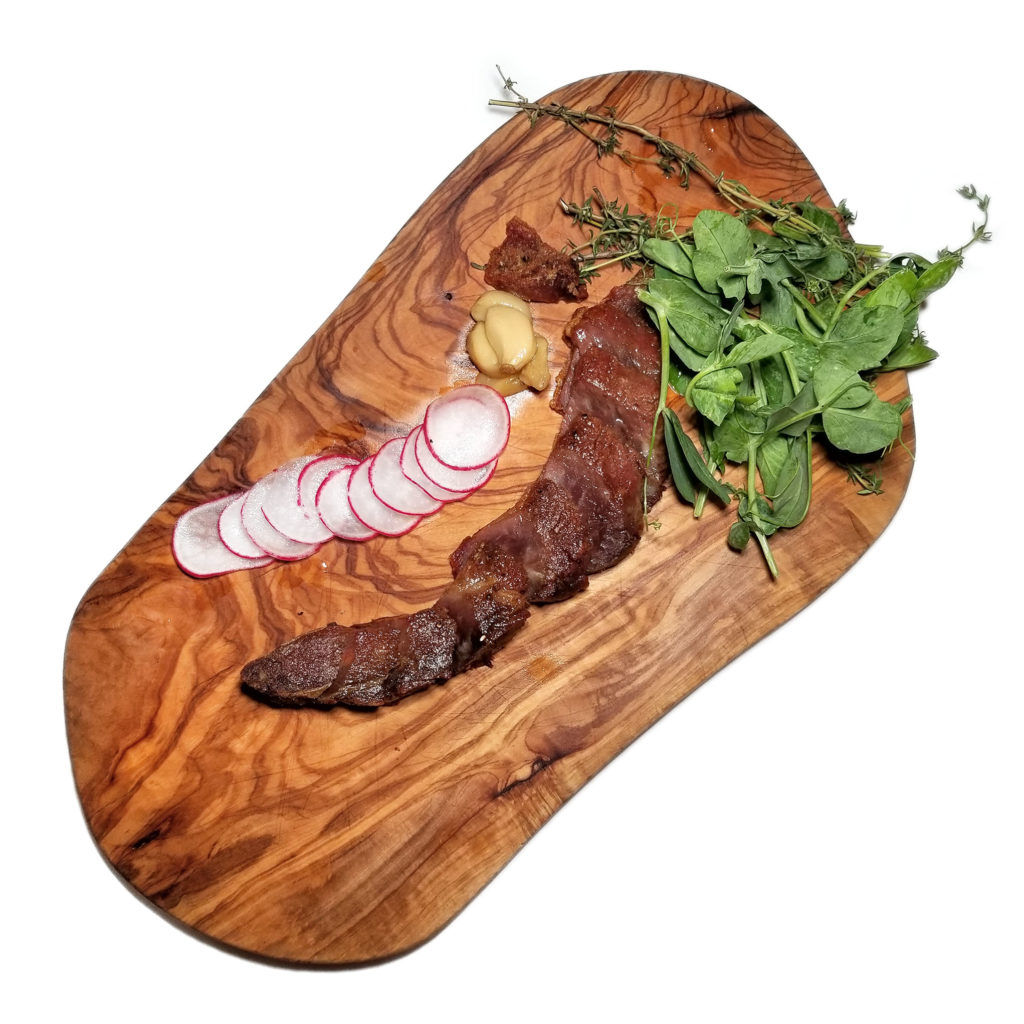
It turns out that the chef there, Chuck Troup, is experimenting with some really interesting things.
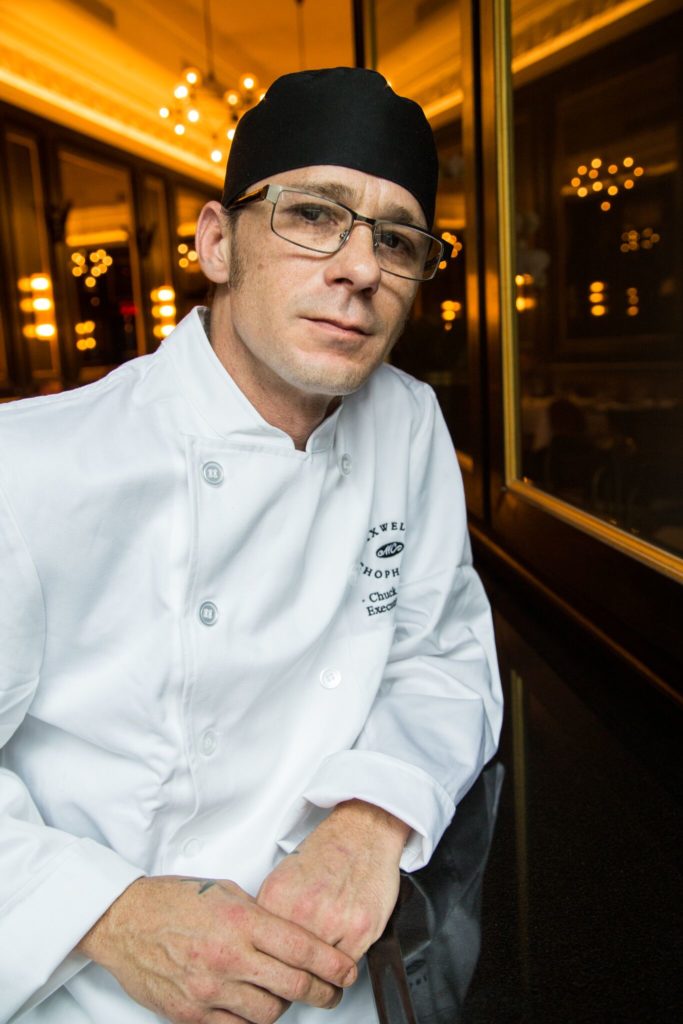
After speaking with him that night, I decided I wanted to do a little feature of him here on the site in the form of a Q&A interview. Read on and enjoy, and I highly recommend Maxwell’s Chophouse.
JP: Tell my readers a little bit about yourself: where you’re from, how long you’ve been in the business, and what got you interested in cooking.
CT: I was born in PA and raised in New Orleans. I have been living this lifestyle going on 31 years now. I don’t think I necessarily chose this lifestyle, it really chose me. Growing up and starting out in the industry I was surrounded by all of the craziness and excitement in a kitchen. I was so engulfed in the way all the cooks would interact with one another and I found that really amazing. It was funny to me and also exciting the way the cooks would all scream and swear at each other all night long, and then be best friends after it was all over. It really was and is organized chaos and I love that.
JP: You seem to know your way around steaks. Would you say this is your specialty, or are there other cuisines that challenge you and inspire you?
CT: I would say I know my way around steak and I do enjoy working in the steak environment, but over the years I have worked in various cuisines. I spent three years in Japan. Working and living in Japan had a great influence on me as a person, and as a chef. Being from the south, I grew up in an environment full of Cajun and Creole food. I always try to incorporate everything I’ve learned over time wherever I go. Even at a Steakhouse such as Maxwell’s, I’ll throw in a Cajun/Creole special, or even a salmon or steak tartare or sushi roll special. All in all I love pretty much every cuisine, there isn’t much I won’t cook or won’t eat!
JP: I like that you are experimenting with various lengths of dry aging. Is there a sweet spot for flavor in your opinion? 30 days? 60 days? 90?
CT: I think that my personal sweet spot for aging is the 160 to 180 day range. To me, that length of dry aging just has the right amount of funk, flavor and taste. Honestly, after eating a dry aged steak, I don’t know if I could ever go back to not eating it this way. With that being said, as a chef it’s important to know what’s too much. I totally understand why some people have different views on aging. Always have to know your guest.
JP: What sorts of other things are you experimenting with?
CT: Lately, I have been experimenting with lamb, duck, bison, elk, veal and I have even done a few pheasants.
JP: Last time I was here you let me try something that was aged for 500 days. How would you describe the flavor on something aged for that long? I took to calling it concentrated beef rocket fuel!
CT: Well for me I would say that piece of New York strip steak had an unseasoned salami texture with a huge musky flavor, but was not near as funky as a 500 day rib eye. Not sure if “funky” is a good word to describe aged meat, but it’s usually a good kind of funk!
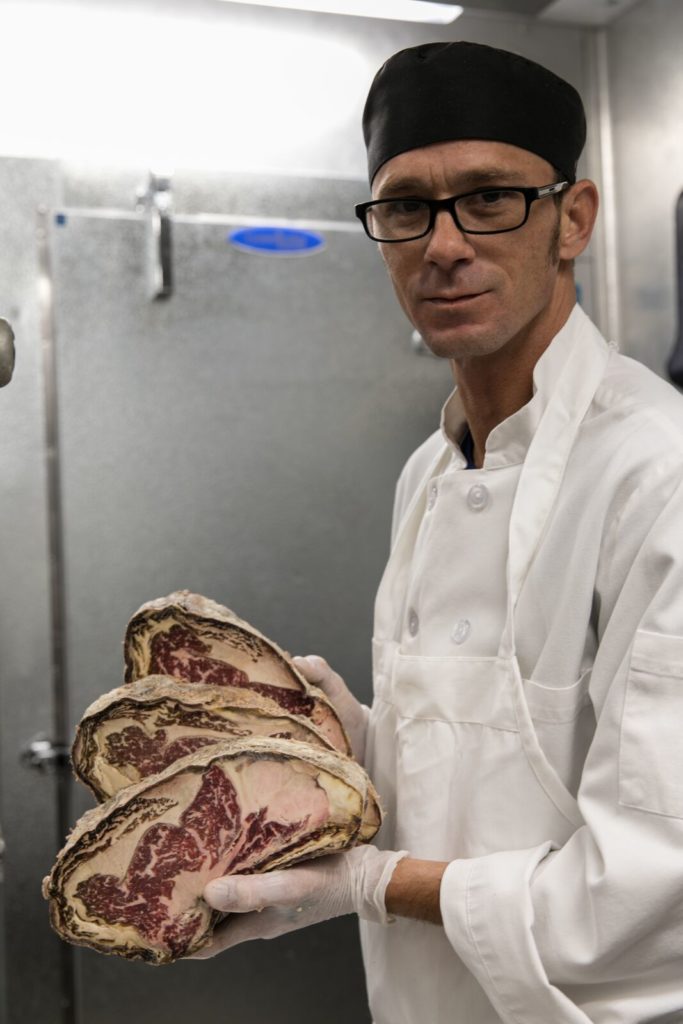
JP: Would you ever consider offering a tasting of various ages to a customer? Say 4oz each at 30, 60 and 90 days?
CT: I would love to do a tasting of aged meat! It would be really great to have people that don’t understand the complexities of flavor that come with the dry aging process at different intervals so they can see how that switch flips with age.
JP: Are customers generally aware of what dry aging does, or do you find that you and the staff have to explain the process?
CT: I think that our audience is generally more educated than 10 or 15 years ago, plus there are a decent amount of people that go to a steakhouse for the aged meat. There are times when we will need to explain what the process is and why different cuts have different flavor at the same age. It’s important that all staff (servers, back servers, etc.) are educated on the process so we can confidently explain to our guests.
JP: What’s your favorite item on the menu at Maxwell’s?
CT: My favorite cut on the menu is for sure our rib eye. My favorite thing on the menu would be the Lamb Burger! Of course it depends on what specials we have, so it does change from time to time. Now that I’m thinking about it, I also love our roasted chicken – it’s really hard to choose!
JP: What’s your favorite cut of steak?
CT: Rib eye!
JP: What’s the most difficult steak to cook properly?
CT: The porterhouse is the hardest to cook correctly. I am completely opposed to the technique of cooking it to rare, slicing and then bringing up to temperature. A good grill cook knows that is reheating, and how most steakhouses do the meat this beautiful deserves the respect of proper cooking along with our customers.

